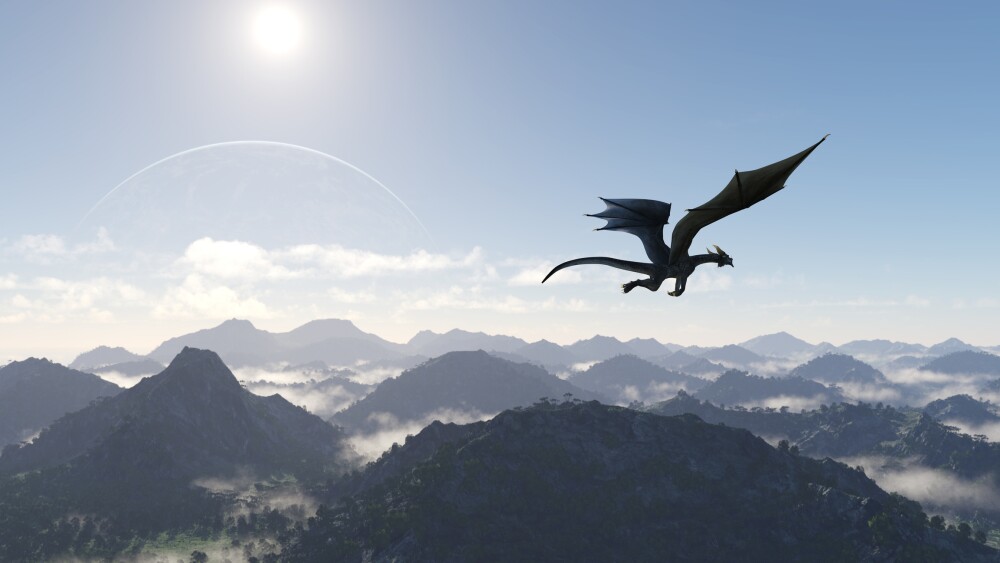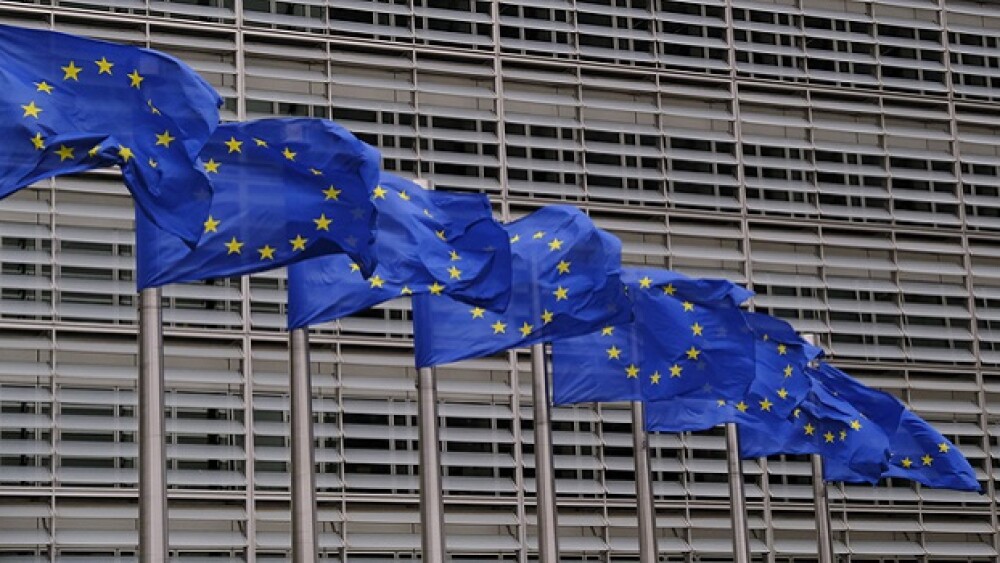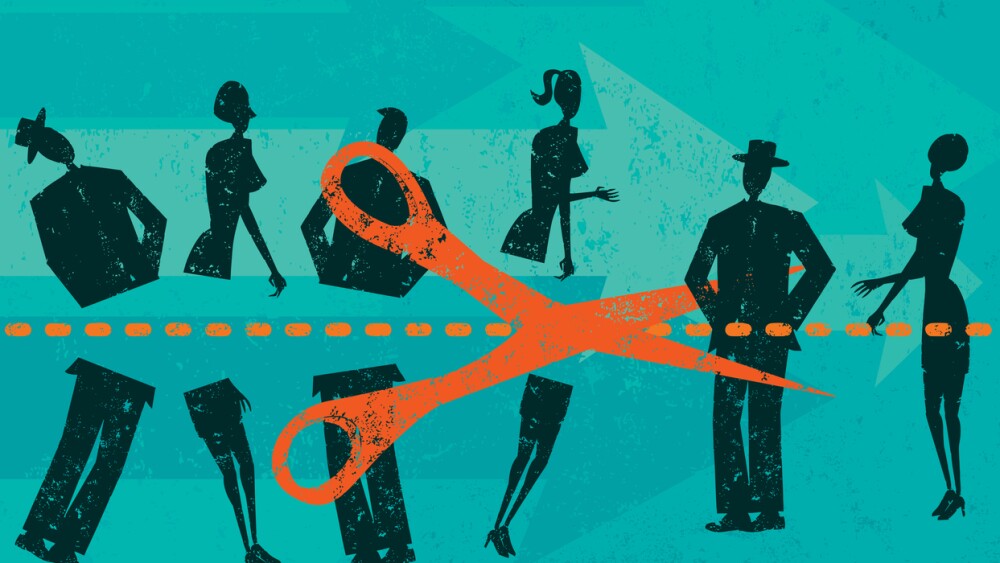A map for other people’s faces has been discovered in the brain. It could help explain why some of us are better at recognising faces than others.
Every part of your body that you can move or feel is represented in the outer layer of your brain. These “maps”, found in the motor and sensory cortices (see diagram, below), tend to preserve the basic spatial layout of the body – neurons that represent our fingers are closer to neurons that represent our arms than our feet, for example.




